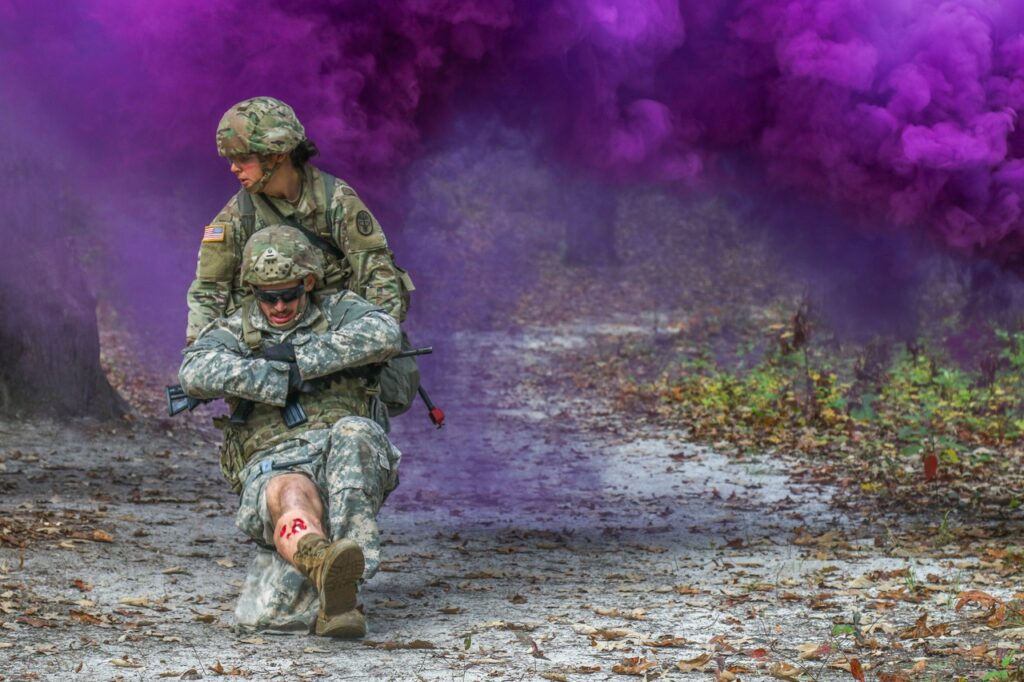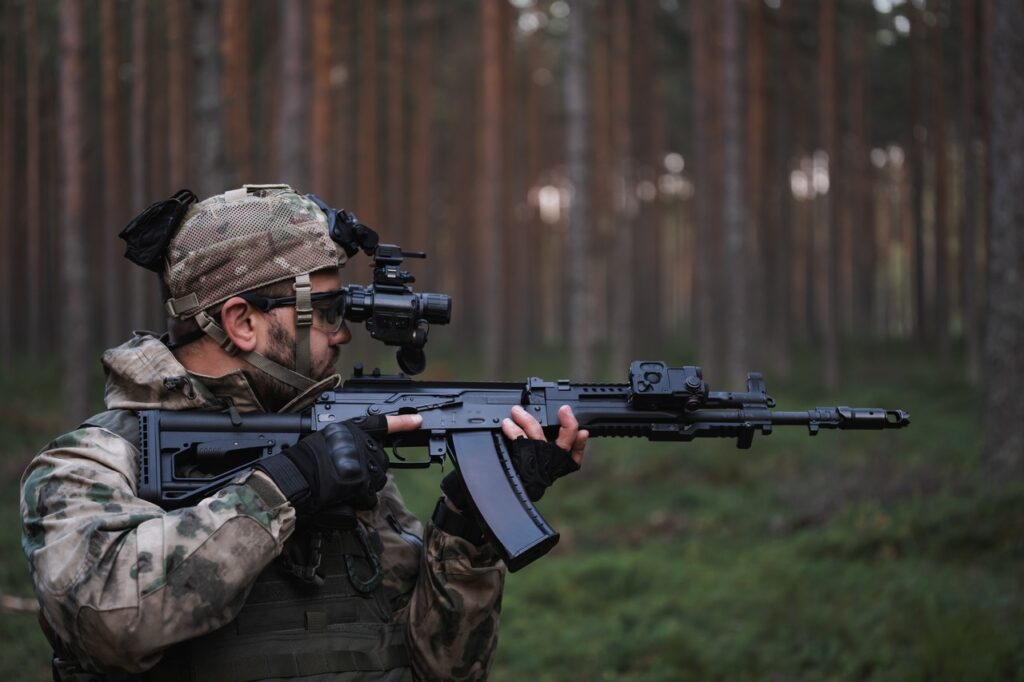
Meet the Mythical F-52 Stealth Fighter
Key Point: There might one day be an F-52, but technology has advanced a long way since the days of the YF-22 and YF-23.
President Donald Trump last year told reporters that the United States had delivered the F-52 to Norway. The statement was obviously a mistake; there is no such thing as an F-52 yet. The aircraft only exists in the context of a video game called “Call of Duty: Advanced Warfare”—however, there was once a real-world concept that looks similar to the fiction jet.
“In November we started delivering the first F-52s and F-35 fighter jets,” Trump said. “We have a total of 52 and they’ve delivered a number of them already a little ahead of schedule.”
The aircraft that appears in Call of Duty: Advanced Warfare is clearly based on early 1990s-era Lockheed Martin concepts for the Naval Advanced Tactical Fighter and the later A/F-X—both of which were based on the YF-22 demonstrator aircraft that eventually became the F-22 Raptor.
Congress had mandated that the Advanced Tactical Fighter program—which resulted in the F-22—be a joint effort between the Air Force and the Navy. Even though the service had dropped out of the ATF program, the U.S. Navy still had a vote on which aircraft would be selected for what became the Raptor program. The Navy’s choice was the naval variant of the YF-22 design, which looked like bizarre hybrid of a Raptor and F-14 Tomcat with variable geometry wings.
“The team, working hard on every detail of our NATF [Naval Advanced Tactical Fighter] design in late 1989 and early 1990, produced a very stealthy swing-wing fighter that could supercruise. It was very suitable for carrier operations,” according to Sherm Mullin, the Lockheed Skunk Works lead for the ATF program. “The Navy still got a vote in the ATF competition, and, as we found out later for certain, it cast it for our F-22 team.”
The Navy was not fond of the naval derivative of the YF-23, which had a canard configuration the service found less than appealing. In fact, because the Navy’s reaction was so favorable, Lockheed later pitched a modified version of its NATF proposal for the ill-fated AF-X project that the Navy was ultimately forced to cancel in favor of the Joint Strike Fighter program. Some Navy officials are bitter about that fact to this day.
However, if one were to look at the proposed naval version of the F-22 or the proposed AF-X, the resemblance to the F-52 is remarkable. Clearly, the game designers based the fictional aircraft on the old Lockheed concept designs.
There might one day be an F-52, but technology has advanced a long way since the days of the YF-22 and YF-23. Thus, tomorrow’s aircraft will look very different from today’s planes. Mostly likely, given current trends, engineers will have to adopt a flying wing configuration without protruding tail surfaces for the sake of advanced stealth. But certainly, a future F-52 will not resemble is fictional counterpart.
This first appeared several years ago.
Image: YouTube Screenshot.


